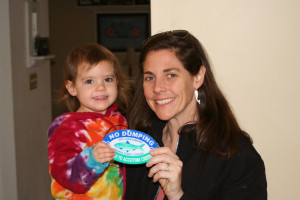
One of the highlights of 2013 for me was gathering the family and neighbors to put in storm drains signs. Learn more on why it’s important to know what’s going down the drain here: http://beachchairscientist.com/2013/03/01/and-that-concludes-my-we-affect-what-goes-in-our-watershed-week/
This isn’t the typical list of the most popular Beach Chair Scientist posts throughout the year (you can find those on the right sidebar under “Top Posts & Pages from BCS” any day of the year). Those posts typically include questions typed into a search bar such as ‘Are manatees and elephants really related?‘, ‘Do sharks have bones?’ or ‘How much salt is in the ocean?’. This list is a review of my favorite posts from the past year and why I enjoyed them:
- 99 reasons I’m in Limulus Love: Before the horseshoe crabs started mating in May and June I sat down and cataloged a list of 99 reasons Limulus polyphemus are a creature worth respecting.
- All five posts from the “What we do affects our watershed week“: This series was a great reminder that even though you might not live anywhere near a river, lake, or stream our daily actions have massive consequences on the waterways – and ultimately the ocean.
- Mother Nature vs. Santa Claus: 13 reasons why Mother Nature should always win: This post was a response to the Toys ‘R’ Us commercial that pitted nature against toys. It’s important to remember what Mary Catherine O’Connor with Outside Magazine stated as the “tremendous value to childhood development (as well as to self-awareness, health and confidence) that is spending time in the natural world and trying to understand how it works”.
- A seal on the shore isn’t always stranded: This post is a nice reminder to stay back and let nature takes its course, also you never know what you’ll come across during a wintry beach walk.
- 3 truths on the fables about dolphin-safe labels: It was an eye-opening post to write and discover that just because it’s labeled as dolphin-safe it isn’t safe for all marine life.
- A Scientist’s Inspiration (by Jim McElhatton): This interview with Dr. Penny Chisholm, recipient of the National Medal of Science, should be a must read for anyone in school with even a slight interest in science as she explains how “My interest in science grew slowly as I went through school”. She also explains the merits of writing for children in that it helps to boil down the subject matter.
- Beach Chair Birding, A Ray of Hope in a Sea of Chum, A Visit from Dungeness Crab: These posts are three of my favorites because they were all contributed by guest bloggers. Ernie Wilson, Jim Wharton, and Cherilyn Jose each brought a perspective as unique as they are … I can’t wait to see what they’ll share next year! If you’re interested in guest blogging please feel free to share your ideas anytime!





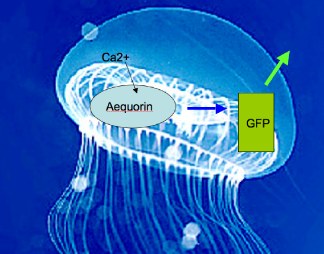

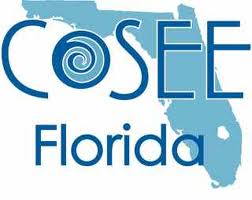



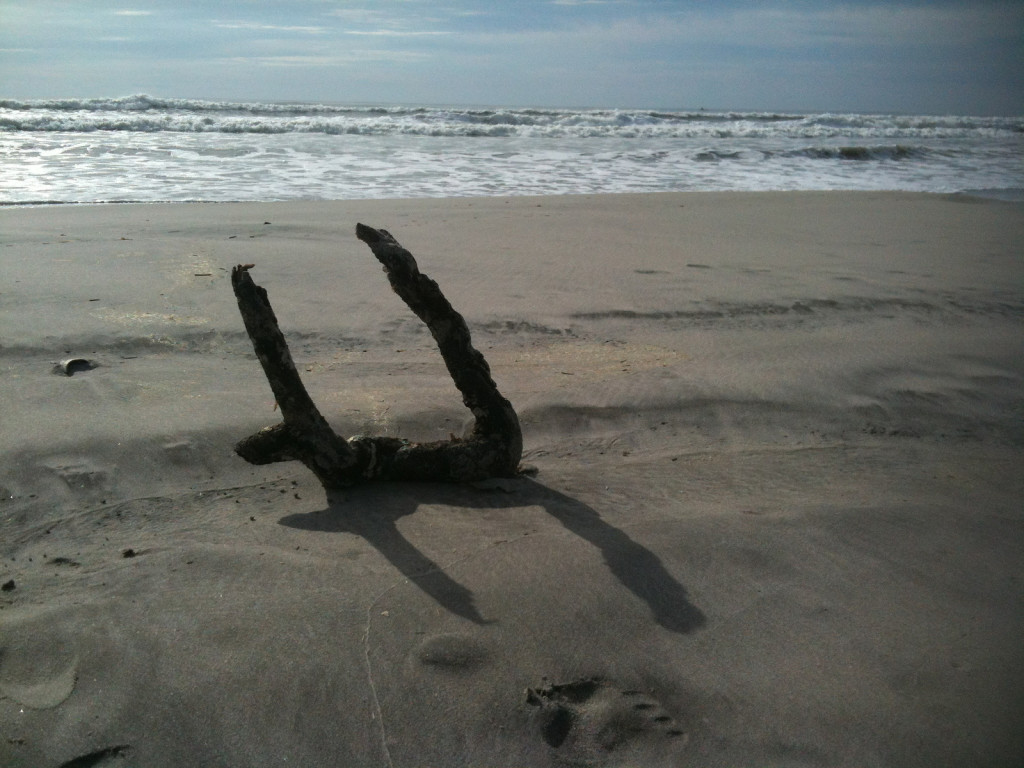
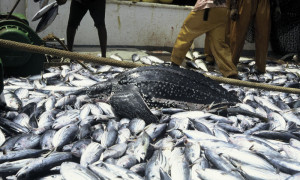
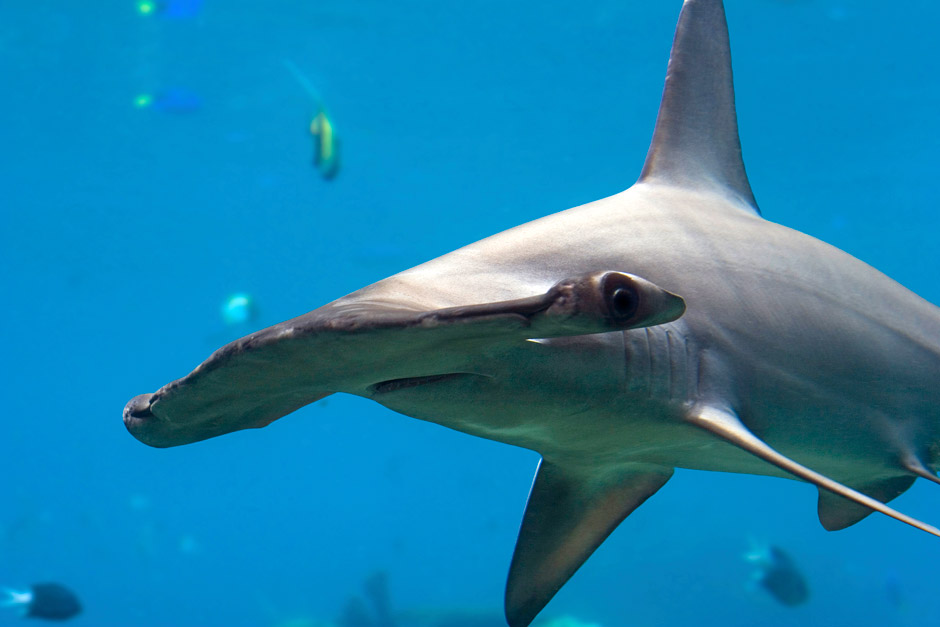







What people are saying …